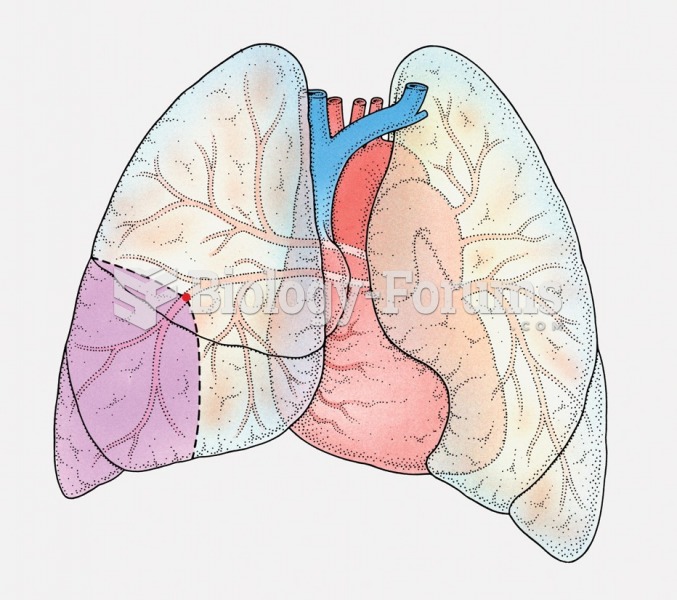Answer to Question 1
C
Answer to Question 2
Table 3.1 presents trade data (total of imports and exports) for the top 10 U.S. trading partners. China is now our second largest trading partner, supplanting Mexico, which historically has been number two. The trade volume with China was 22.2 percent of the total of the top 10 for 2010, and it increased its trade volume by 25 percent from 2009 to 2010.
In 2000, China was number four on the top-10 list following Canada, Mexico, and Japan, and its trade volume with the United States has nearly quintupled since that time (457 billion vs. 94 billion). The total value of trade with these top 10 trading partners increased by 22.63 percent from 2009 to 2010, and since 2000 it has increased by about 288 percent in total value. Both of these percentage increases are reflective of the growing interdependence and the trade relationships with other countries.
India does not appear in the top 10 countries listed in Table 3.1 . India's strength has been in the area of information technology services, which tends to understate its importance for global supply chains. In 2005, 59 percent of U.S. corporate spending (offshore) for information technology services was spent in India. Interestingly, China, which is known for manufacturing various types of products, is attracting U.S. companies to establish research centers. Microsoft and Intel established research centers in Beijing in 1998, Google in 2005, and Rohm & Haas and Dupont in Shanghai in 2006 . The combined populations of China and India, which are in excess of two billion people, make them attractive as markets and as sources of imports. Consequently, it seems safe to conclude that global supply chain connections to both China and India will continue to grow.






